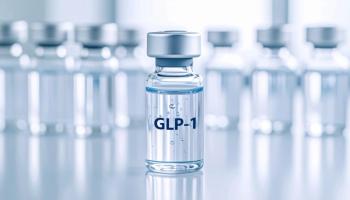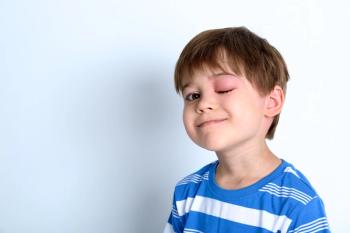
Artificial Intelligence Detects Skin Cancer Better Than Dermatologists
A form of artificial intelligence known as a deep learning convolutional neural network outperformed dermatologists in diagnosing malignant melanomas.
A deep learning convolutional neural network (CNN), which is a form of artificial intelligence, was found to be better at detecting skin cancer than experienced dermatologists, according to a study published in Annals of Oncology.1
A CNN is an artificial neural network capable of learning fast from images that it “sees” and teaching itself from what it has learned to improve its performance.
“The CNN works like the brain of a child,” Holger Haenssle, MD, study author and senior managing physician at the Department of Dermatology, University of Heidelberg, Germany, explained in a press release.2
Researchers trained a CNN to detect skin cancer by showing it more than 100,000 images of malignant melanomas, as well as benign moles, and compared its performance with that of 58 international dermatologists.
According to the researchers, the CNN performed better than the group of dermatologists, missing fewer melanomas and misdiagnosing benign moles as malignant less often.
“Only dermoscopic images were used, that is lesions that were imaged at a 10-fold magnification,” Dr Haenssle said.2 “With each training image, the CNN improved its ability to differentiate between benign and malignant lesions.”
Of the 58 dermatologists who participated in the study, 29% indicated they had less than 2 years of experience in dermoscopy, 19% said they had between 2 to 5 years of experience, and 52% were expert with more than 5 years of experience.
In the study, the dermatologists were asked to make a diagnosis of malignant melanoma or benign mole from the dermoscopic images (level 1) and determine how to manage the condition. Four weeks later, at level 2, they were given clinical information about the patient and close-up images of the same 100 cases and asked for diagnoses and management decisions again.
In level 1, the dermatologists accurately detected an average of 86.6% of melanomas, and correctly identified an average of 71.3% of lesions that were not malignant. The CNN detected 95% of melanomas.
In level 2, the dermatologists accurately diagnosed 88.9% of malignant melanomas and 75.7% that were not cancer.
Although the dermatologists’ performance improved at level 2, the CNN continued to out-perform their diagnostic abilities even while working solely from the dermoscopic images with no additional clinical information. Overall, the average ability of the CNN to make an accurate diagnosis was better than that of the dermatologists.
However, the researchers noted that they do not believe the CNN would replace dermatologists in diagnosing skin cancers, but rather serve as an additional aid.
“This CNN may serve physicians involved in skin cancer screening as an aid in their decision whether to biopsy a lesion or not,” Dr Haenssle said.2 “Most dermatologists already use digital dermoscopy systems to image and store lesions for documentation and follow-up. The CNN can then easily and rapidly evaluate the stored image for an ‘expert opinion’ on the probability of melanoma.”
The researchers are planning to conduct prospective studies to assess the real-life impact of CNN for physicians and patients.
References
1. Haenssle HA, Fink C, Schneiderbauer R, et al. Man against machine: diagnostic performance of a deep learning convolutional neural network for dermoscopic melanoma recognition in comparison to 58 dermatologists. Annals of Oncology. 2018.
2. Man Against Machine: Artificial Intelligence is Better than Dermatologists at Diagnosing Skin Cancer [news release]. ESMO website.
Newsletter
Stay informed on drug updates, treatment guidelines, and pharmacy practice trends—subscribe to Pharmacy Times for weekly clinical insights.

















































































































































































































